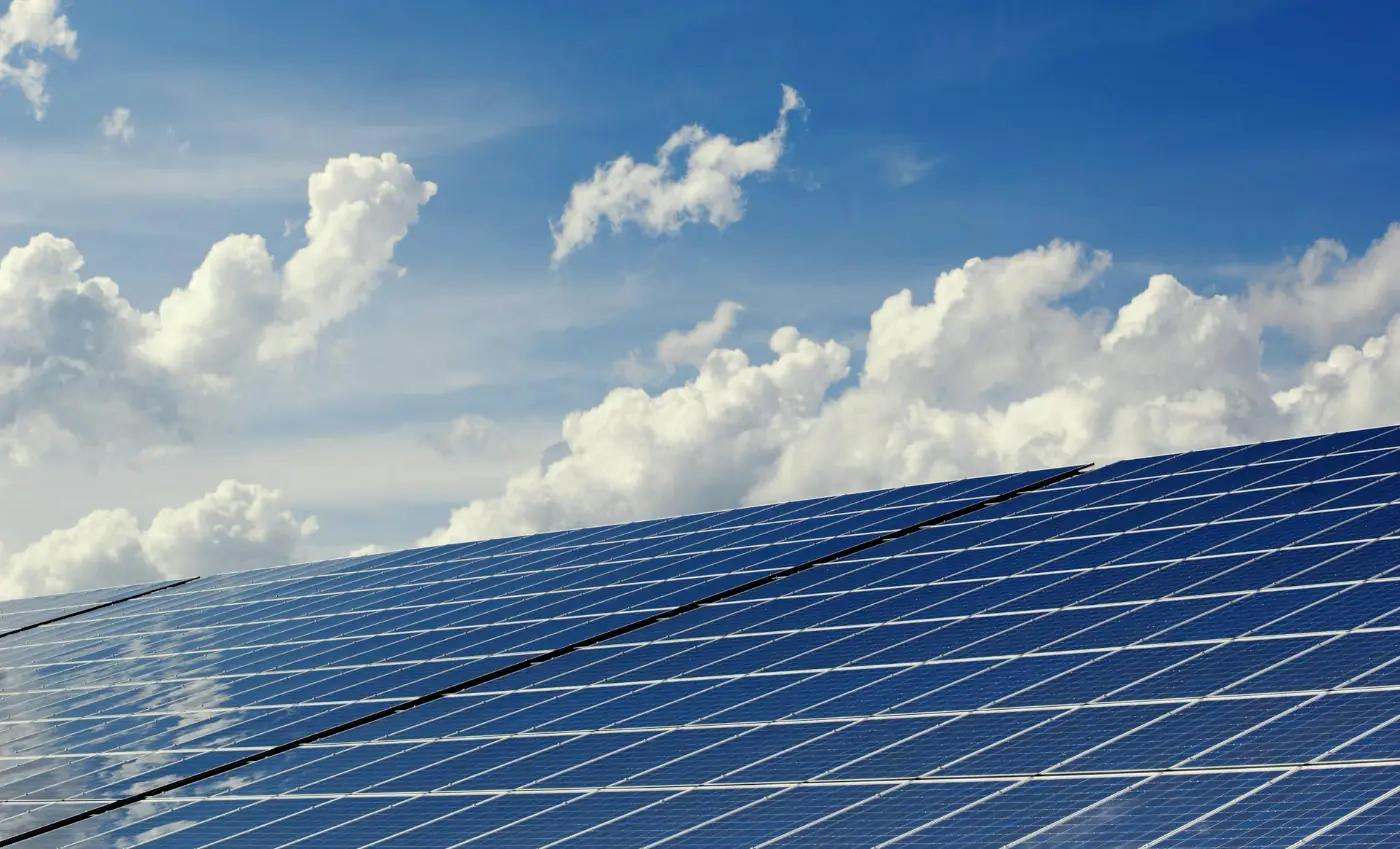

Energy Efficiency & Optimization


Energy Industry
Ontario has released a 25-year integrated energy plan aimed at meeting a projected 75 percent increase in electricity demand by 2050. The strategy covers electricity, natural gas, hydrogen, and storage in a coordinated framework for the first time. It includes major expansions in nuclear capacity, targeted upgrades to hydroelectric stations, and long-range planning cycles designed to align infrastructure with projected economic growth.
The province is investing in new and refurbished nuclear generation across Darlington, Pickering, and Bruce Power, along with the deployment of Canada’s first grid-scale Small Modular Reactor. It plans to increase non-emitting baseload capacity to 75 percent by 2050. Hydro One is being tasked with building 5,000 kilometers of new transmission lines, while new procurement mechanisms are being launched to bring in 6,000 megawatts of new clean electricity by 2035. These steps are intended not just to manage demand growth but to reduce risk, attract industrial investment, and support electrification across sectors.
The plan also includes a new conservation and demand management framework, which would be the largest in Ontario’s history, with expanded programs for both households and businesses. Pumped hydro storage of up to 1,000 megawatts is being developed, and 26 northern hydro sites are set for refurbishment by 2026. These decisions reflect a clear shift toward infrastructure that can support base-level grid stability as intermittent renewables scale.
Natural gas will continue to play a transitional role, particularly in peak periods and in areas where new infrastructure is not yet built out. Unlike past planning documents that sidelined gas, this one openly integrates it into reliability planning, while pairing it with emerging technologies like hydrogen blending and carbon capture readiness. The government is also signaling support for natural gas pipeline expansions, including east–west corridors to connect Ontario to Western Canadian supply.
Mining reform is another central feature. Bill 5 aims to shorten project approval timelines in critical minerals, while earmarking $25 million annually to support Indigenous-led energy initiatives. The government is positioning these moves as a way to align reconciliation with energy sovereignty, emphasizing Indigenous equity participation in energy and mining projects as a structural part of the plan, not just a regulatory obligation.
The broader philosophy is consistent: Ontario is trying to position itself as a self-sufficient, low-carbon, export-capable jurisdiction. The plan includes targets for building domestic nuclear supply chains, exporting clean electricity and grid tech to other provinces and G7 partners, and reducing dependency on U.S. energy imports. The province is also moving to consolidate oversight by requiring the IESO and Ontario Energy Board to jointly update energy demand and supply forecasts every five years, starting in 2025.
This approach reflects the same themes we’ve emphasized in recent months: energy as an input to competitiveness, not just a line item. Ontario’s strategy treats energy infrastructure as economic infrastructure. It recognizes that climate goals, electrification, and industrial investment will only succeed if planning happens ahead of demand, not in response to shortfalls. It also signals a shift in posture: from managing energy as a cost center to leveraging it as a growth enabler.
The plan is ambitious, but grounded. It does not assume that clean growth will happen organically. It makes space for traditional fuels during the transition, ties emissions reduction to supply chain development, and leans heavily on proven technologies like nuclear and hydro. The challenge now is consistency. A 25-year energy strategy will only work if future governments resist the urge to rewrite it every election cycle.
Status:
OG Link:
Notes: